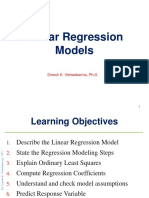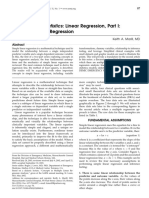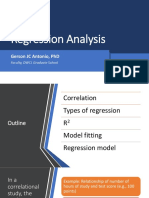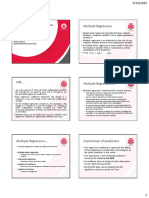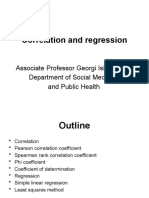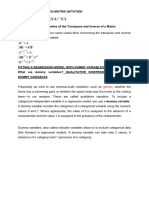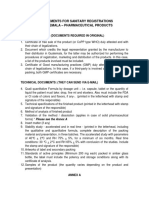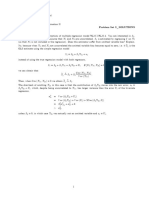0% found this document useful (0 votes)
44 views23 pagesMapingure Simple Linear Regression
The document provides an introduction to simple linear regression, explaining its purpose in understanding the relationship between two variables, specifically using weight as a predictor and height as a response variable. It details how to find the least squares regression line and interpret its components, including the coefficient of determination (R2) which indicates how well the predictor explains the response variable. Additionally, it outlines the assumptions necessary for reliable linear regression analysis.
Uploaded by
Fortunate SizibaCopyright
© © All Rights Reserved
We take content rights seriously. If you suspect this is your content, claim it here.
Available Formats
Download as PPTX, PDF, TXT or read online on Scribd
0% found this document useful (0 votes)
44 views23 pagesMapingure Simple Linear Regression
The document provides an introduction to simple linear regression, explaining its purpose in understanding the relationship between two variables, specifically using weight as a predictor and height as a response variable. It details how to find the least squares regression line and interpret its components, including the coefficient of determination (R2) which indicates how well the predictor explains the response variable. Additionally, it outlines the assumptions necessary for reliable linear regression analysis.
Uploaded by
Fortunate SizibaCopyright
© © All Rights Reserved
We take content rights seriously. If you suspect this is your content, claim it here.
Available Formats
Download as PPTX, PDF, TXT or read online on Scribd
/ 23






